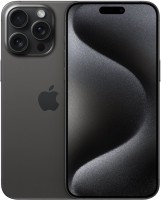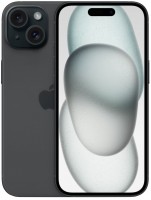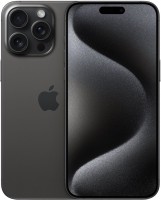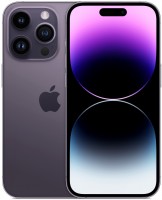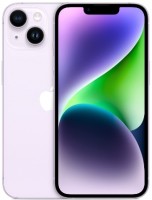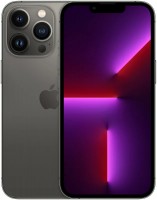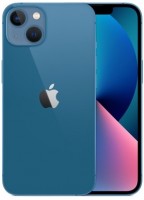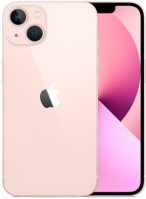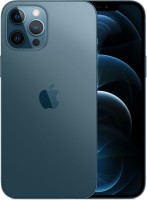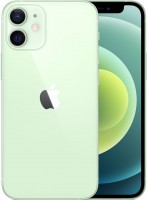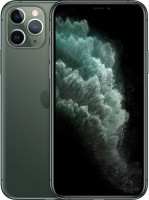Mobile Phones Apple series iPhone 14 Pro
Apple iPhone 14 Pro: the ultimate flagships
The Apple iPhone 14 Pro family includes exclusively AAA-class smartphones that combine the ultimate in workmanship, an excellent camera, a top-end display, the most modern hardware and all the advanced technical developments of Apple. These smartphones really pull on the Pro prefix and are not much inferior to Apple laptops and tablets in terms of their capabilities.
At the heart of the Pro Series smartphones is the powerful 4nm Apple A16 processor, which demonstrates amazing performance and is only slightly inferior to the Apple M2 laptop chip. The maximum amount of memory can reach 1 TB. Inside the smartphones of the line, two NFC chips are installed at once - one for contactless payment, the second for recognizing original accessories. Additionally, wireless charging has been slightly improved, and in addition to the 5G receiver, a satellite communication module has appeared. The latter will come in handy for sending emergency SOS messages if there is no mobile coverage in the area. Also, the Crash Detection function appeared in the smartphones of the series, which, using an accelerometer and a gyroscope, can determine that the owner has got into an accident and immediately send an alarm message to emergency services.
 |
| The iPhone 14 Pro and 14 Pro Max models can compete in terms of performance with many laptops. |
The 6.1-inch Super Retina XDR screen in the iPhone 14 Pro is unashamedly called by Apple the best display in the history of smartphones. It is based on a 6.1-inch OLED-matrix with a resolution of 2556x1179 pixels, a serious margin of brightness (2000 nits), support for HDR10/Dolby Vision and a refresh rate increased to 120 Hz. At the top in the center of the display is an updated cutout for the block of cameras and sensors. It is called Dynamic Island and with the help of stylish animation it can change its shape, turning into a search bar or a push notification. It looks at least original. In version 14 Pro Max, the screen has a diagonal size of 6.7 inches.
Traditionally, Apple has improved the camera for firmware. And thoroughly. The proprietary 12 MP lead sensor that was used in past generations of the iPhone went to the dustbin of history. Instead, the camera has a new 48 MP sensor with f / 1.78 aperture, which is accompanied by an auxiliary telephoto lens and a wide-angle lens. In addition to the software component, the company's engineers have significantly improved the software part, stuffing Pro smartphones with a variety of algorithms to automatically improve the quality of photos. And in the menu of the camcorder there was an option to stabilize the video using the matrix shift.

